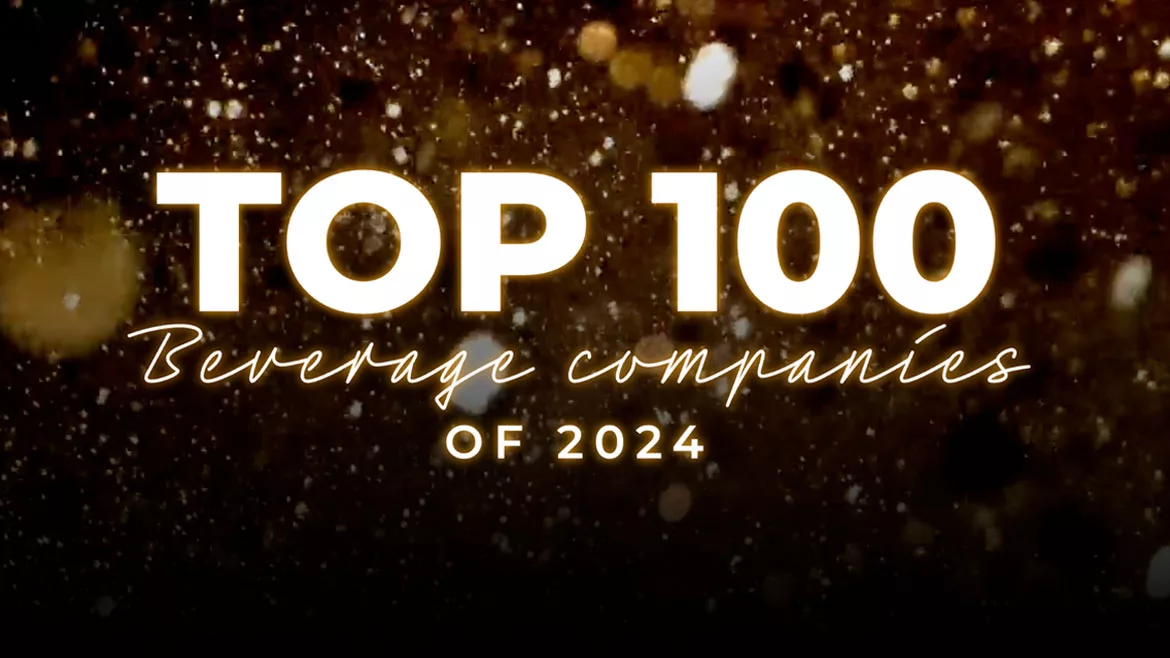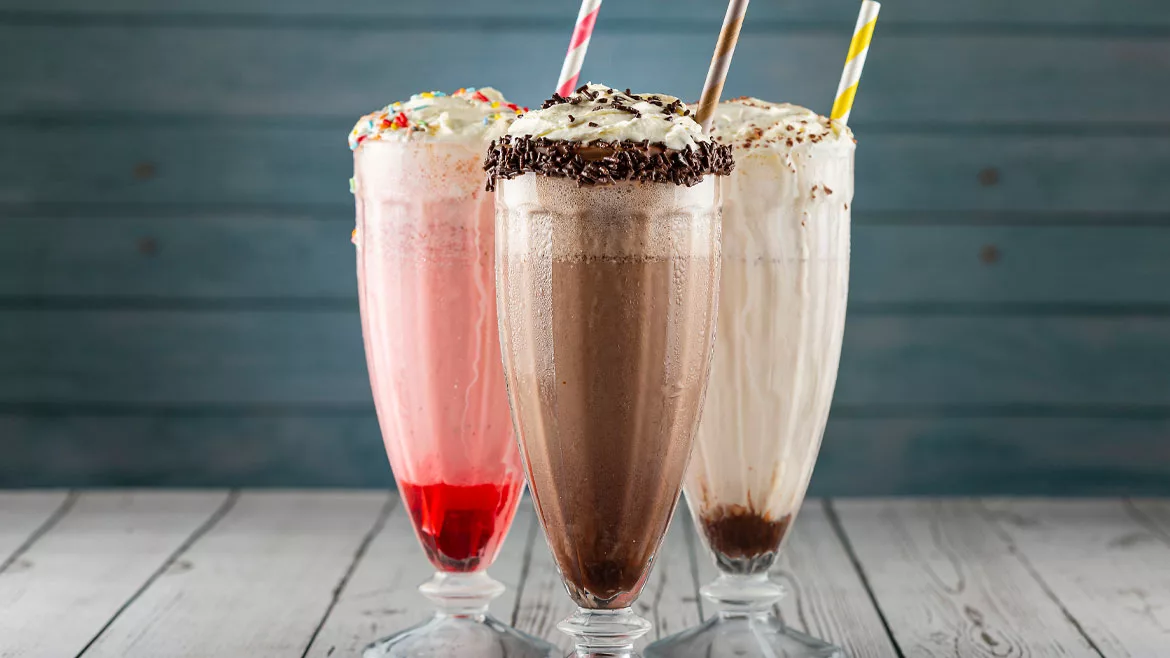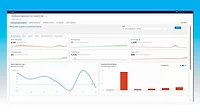Driven to succeed
Driven to succeed
By SARAH THEODORE
In the fast-paced world of soft drinks, The Pepsi
Bottling Group has gained respect — and
its designation as Beverage Industry’s Distributor of the Year — for staying a step
ahead in innovation and marketplace execution. PBG is the world’s
largest bottler and distributor of Pepsi-Cola products. It operates in
seven countries, and with more than half of Pepsi-Cola beverage sales in
North America and 40 percent worldwide, the company has more than $10
billion in annual sales.
During the past year, PBG rolled out a number of
innovative new products and packages, helping it grow volumes and revenues,
acquired new bottling operations in the United States and abroad, and
opened its first new U.S. production facility in several years.
Yet for all its products and geography, PBG prides
itself on operating market by market, customer by customer. The key, says
John Cahill, chief executive officer of the Somers, N.Y.-based company, is
staying focused on the front line.
“We strive for simplicity, and it’s
critical for the person on the front line, whether it’s the
salesperson, the merchandiser or the person working in the delivery
warehouse, to understand specifically what their role is and what
they’re held accountable for,” he says.
“I think our people are driven for
results,” he says. “We sell more than a hundred million 8-ounce
servings of our products a day, in hundreds of transactions per day with
our customers. That can yield enormous complexities with the portfolio of
brands and packages we have, and the hundreds of thousands of customers we
have across the United States. It either can be a burden or a competitive
asset, and what we strive to do is make that an asset.”
During the past three years, the company has invested heavily in sales training, and enhanced its
First Focus program, a video-based approach to communicating with employees
across the country.
“Every four weeks, we send a communication out
to our front line to say ‘during the next period, here are our
objectives, and here are the products, the packages and the approaches we
have to be able to reach those objectives," Cahill says.
“First Focus is a very simple concept that has
an incredible amount of power,” comments Kevin Cox, PBG’s
executive vice president. “To have the top of the house say to the
front line, ‘I know you’re busy, you’ve got a lot going
on… here’s what we think the three or four most important
priorities are going to be for the coming period.’ We work really
hard to make a complicated and very dynamic business as simple and clear
and focused as we can.”
In the palm of your hand
Training and technology have gone hand in hand at PBG,
which is making full use of handheld devices to enhance sales and
communication.
“Our ability to communicate via the handheld
device to our salespeople is a critical way to interact with them.
It’s very powerful and very necessary as a DSD company,” Cahill
says.
Gary Wandschneider, senior vice president of
operations, says the handhelds solved two issues for the company —
they helped reduce out-of-stocks, which are one of retailers’ biggest
concerns, and gave employees greater ability to sell and service accounts.
“There are two things you want to do in a
direct-store-delivery system,” Wandschneider says. “You want a
good in-store order and then leverage the in-store presence to drive an
even better order.”
Basic use of a handheld device eliminates paper
orders, but PBG has been working to integrate more advanced
“knowledge management” into the technology so salespeople can
know with the push of a button what they are expected to accomplish each
day at each account. Information currently being rolled into the technology
includes store-specific sales histories, selling initiatives, information
on customer promotional agreements, and adjustments to be made for new
products, limited-time offerings or seasonal changes and holidays.
“We are growing largely through innovation,
which means we’re moving into product categories that we
weren’t in a year ago, line extensions we weren’t doing,
package changes that weren’t happening,” Cox says. “The
number of SKUs has grown incredibly, yet ultimately it’s that person
who is putting that product in a grocery store or convenience store who has
to figure it out. That’s the reason for the handheld.
“You can look at it on the one hand as an
inventory control and invoicing system. On the other hand, you can say
that’s the key to having us take a giant step forward in how much we
can handle because of tools that are that powerful.”
The full slate of handheld capabilities is not yet
available in all of PBG’s markets, but is in its final test phase in
select markets such as Florida, and is planned for the rest of the
company’s territories.
Limited-time offerings
Giving PBG’s sales force the tools to manage
products on the shelf has become even more important during the past year
or so, as the company has made innovation in products and packaging one of
its hallmarks. The bottler has a close relationship with PepsiCo, and both
companies have been determined to keep up with consumers’
ever-increasing desire for product variety. Last year, in particular, the
Pepsi system introduced several limited-time offerings such as Mountain Dew
Live Wire and Pitch Black, and Pepsi Holiday Spice.
“If you’re constantly innovating and just
adding more SKUs, you’re adding complexity and potentially cost that
might or might not be sustainable over time,” says Eric Foss,
president of PBG North America, explaining the appeal of the seasonal
products. “The beauty of this limited-time offering that we’ve
used very effectively is that it allows us to take advantage of the
consumer’s appetite for variety and innovation without the cost added
to something that might not be sustainable.
“It tends to be more incremental because
I’m not cannibalizing any of my own existing space and I get the
beauty of a test market scenario with consumers to figure out how much
repeat I can drive and therefore how much staying power I have,” he
says, pointing out that some of the short-term products have potential to
be long-term offerings.
Foss puts the Pepsi product portfolio at the top of
the list of assets for PBG, and says the bottler has four distinct product
platforms from which to innovate: Pepsi, Sierra Mist, Aquafina and Mountain
Dew.
“Dew is a great trademark to extend because you
have this heavy, loyal user base but very low household penetration,”
he says. “That’s probably the best brand within liquid
refreshment beverages today in which to innovate because you bring more
users into the franchise. That tends not to be the case when you innovate
on colas or other CSDs. You can really extend this thing multiple times and
have it be incremental.”
Another new product that has been particularly
successful for the bottler was last year’s rollout of Tropicana juice
drinks. The new brand achieved sales of nearly 16 million cases in its
first year.
PBG often works with PepsiCo to determine consumer
needs and product potential. “PepsiCo has great marketers,”
Cahill says. “They are in touch with what the trends are. But they
will also tell you that some of their best ideas, historically, have come
from bottlers. We are on the front line, we see what’s going on.
“More specifically, because we are the largest
Pepsi bottler in the United States, we do interact with PepsiCo very
frequently. Virtually every week we have discussions with them about
upcoming events, products, packages, trends in the marketplace, customer
ideas. It’s always back and forth, and I think it works quite well
from that respect.”
PBG’s close proximity to PepsiCo also has been
beneficial in developing talent within the organization. In addition to
each of their own intensive employee management programs, the two companies
often exchange talent to provide broader knowledge and experience, Cox
says.
“I think the chance to leverage PepsiCo as a
source of talent, and their [ability] to leverage us as a source of
operating strength is pretty good. There aren’t a lot of companies
with that kind of advantage and ability to tap one another’s
potential in a structured way,” he says.
Managing mix
Having the right product and packaging mix is key to
PBG’s success, not just during the past year, but for the past 24
consecutive quarters that it has enjoyed net revenue-per-case growth.
Volume growth, says Cahill, is critical for the company, but becoming
experts in revenue management was an essential part of its overall
achievement.
“Revenue management is not an art or a science.
It’s really both,” he says. “This is not, by any stretch,
merely a matter of pricing. The art element is in managing mix, which
should be beneficial to both the customer and the bottler.”
“One of the things we did at the time of the IPO
[in 1999] was shift the mindset away from pricing off of the
competition,” Foss explains. “We have a principle we talk about
a lot, which is all of the pricing starts and ends with the
consumer.”
New package sizes and configurations have greater
perceived value to consumers, and create opportunities to fine-tune the
package mix at retail. An example is the recently introduced 8-ounce
six-pack, which appeals to light users and those looking for portion
control. For the bottler, it offered improved revenue on cans.
“That’s an example of something that had
great consumer appeal, it improved our customers’ trade margins, and
helped on the bottling P&L,” Foss says.
Other new packages from PBG include the Fridge Mate
multipack, 12-ounce PET multipacks, and a 14-ounce PET bottle.
In addition, the company tries to manage the
“bandwidth” between regular pricing and promotional pricing
— having too big a difference between the two can distort the value
of products for consumers.
“We try to manage that gap to a reasonable
level,” Foss says. “It allows us to deliver more consistent
value throughout the year.”
In addition to carbonated soft drinks, PBG sees its
position in the bottled water market as one of its strongest opportunities.
Aquafina is the No. 1 brand of convenience still water in the United
States, and the fastest-growing part of
PBG’s business.
“We continue to feel that, in the water
category, the game will be won or lost on the ability to build a
brand,” Foss says. “And we continue to be more and more
convinced that direct-store -delivered waters are the key to success for
retailers.”
As household penetration of bottled water grows, he
explains, water will become a destination category at retail.
“It’s going to be featured more frequently, and that’s
going to put a premium on merchandising intensity, and that plays to
DSD’s strengths,” Foss says.
People power
When it comes to other PBG strengths, the one thing all of PBG’s management points to is its people.
“I think this is a demanding industry and
our folks are as goal-oriented and as driven as you could
imagine,” Cox says. “It’s always amazing to me that I can
go to Moscow [for instance] and find in a different country, almost
half-way around the world, that Pepsi people over there still have that
DNA.”
The company made several acquisitions this year,
including bottlers in Maine, Canada and Mexico, which add scale to its
operations, provide alignment in certain
territories, and Cahill says, bring new people into the fold. “It
creates opportunities for our own people to grow… and brings new
people into our organization,” he says. “Many of the acquired
bottlers have tremendous people with great skills and backgrounds who are
happy to be with PBG and grow with us.”
Looking ahead into 2005, Cahill says the industry can
expect to see the company focus on even more ambitious use of technology,
and more on new products and packages. “I think you’ll see us
continue to build our capability and the capability of our people,”
he says. “You’ll see us expand our portfolio of products with
PepsiCo because consumers are increasingly desirous of variety and we
intend to provide that to them. I think you can look at us collectively as being leaders in
innovation.” BI
At a glance
Pepsi Bottling Group
Headquarters: Somers, N.Y.
Incorporated: January
1999; went public March 1999 in one of the largest public offerings in the
history of the New York Stock Exchange
Countries of operation:
The United States, Canada, Mexico, Greece, Russia, Spain and Turkey
Plants: 45 in the United
States, and 97 worldwide
Distribution centers: 253
in the United States, and 513 worldwide
Employees: 66,000
worldwide
Brands: Pepsi, Diet Pepsi,
Pepsi Vanilla, Diet Pepsi Vanilla, Pepsi Twist, Diet Pepsi Twist, Wild
Cherry Pepsi, Diet Wild Cherry Pepsi, Pepsi One, Pepsi Blue, Mountain Dew,
Diet Mountain Dew, Mountain Dew Code Red, Diet Mountain Dew Code Red,
Mountain Dew AMP, Sierra Mist, Sierra Mist Free, Mug Root Beer, Diet
Mug Root Beer, Lipton Iced Tea, Lipton Brisk, Tropicana juice drinks,
Starbucks Frappuccino, Starbucks Double-shot, SoBe fruit drinks and teas,
Dole single-serve juices and blends, and Aquafina
Looking for a reprint of this article?
From high-res PDFs to custom plaques, order your copy today!




